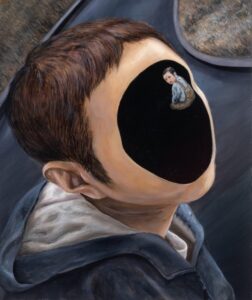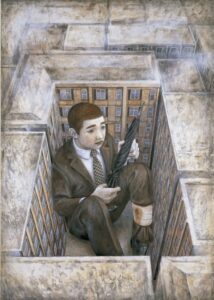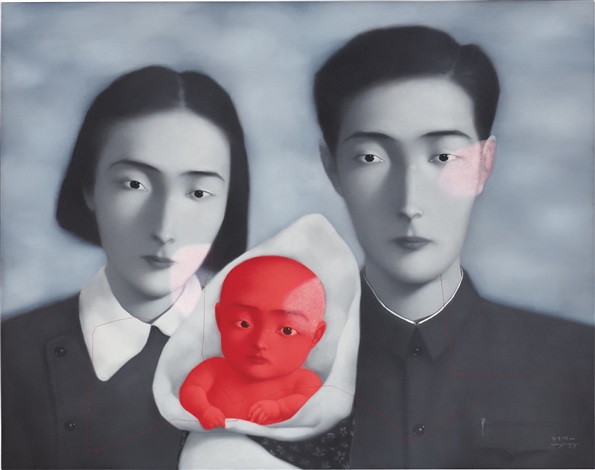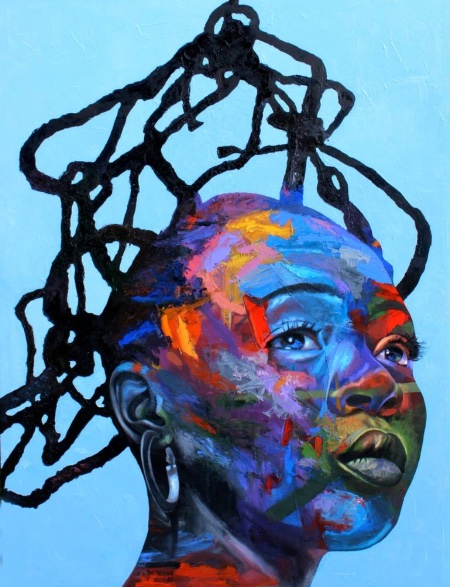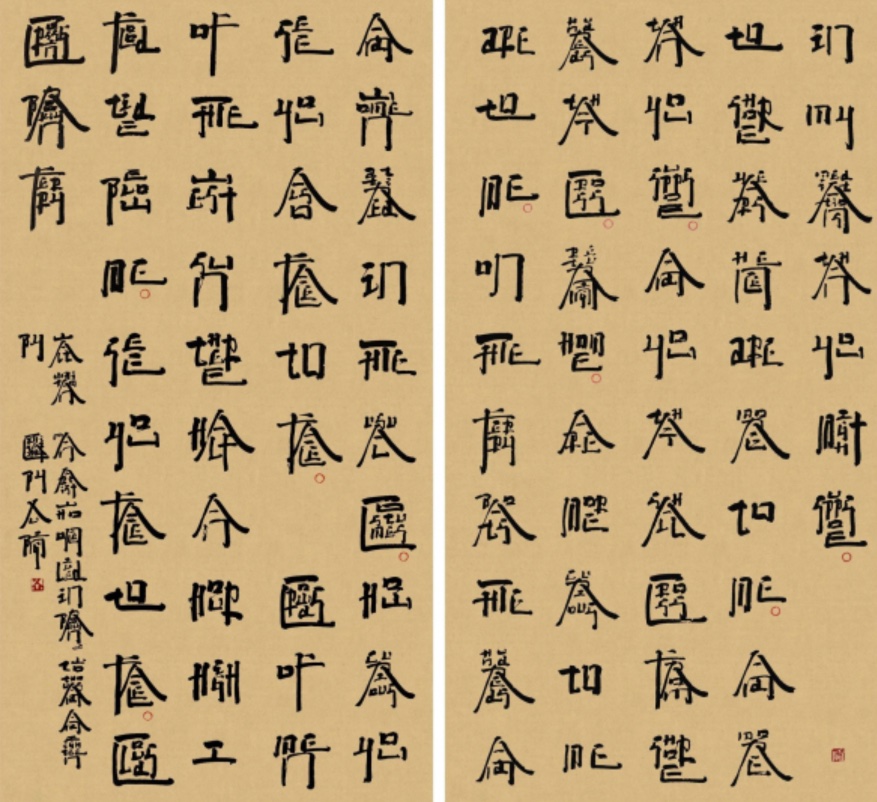'Loss' in Tetsuya Ishida's Art
by
Sasha Semark-Masters
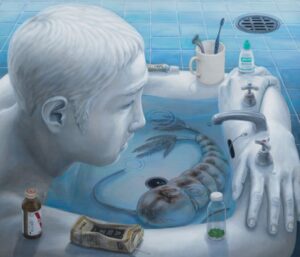
Born in 1973, Ishida’s work captures Japan’s ‘lost decade’ of the 1990s, which was a time of economic recession. From his early career until his death in 2005, Ishida portrayed vivid imagery of the challenges to Japanese life and morale in his paintings and graphic works. His work explores three key themes: the identity and role of Japan during the 1990’s, its social and academic education structures and Japan’s struggle to adapt to the social and technological changes of contemporary life. Ishida is able to capture the dehumanisation of a generation, who grappled with many feelings of hopelessness and a lack of prospect due to the economic status. Many pieces of his work contain surrealist portrayals of schoolboys and businessmen, many of whom possess Ishida’s own face. The painting below illustrates a loss of the identity of childhood innocence, portraying the theme of a lack of identity.
His paintings express large amount of sentiment on themes such as isolation, consumerism, professional anxieties and urban banality. The picture below is his painting “Soldier”, which reflects the situation of the contemporary individual, whose state of mind has been affected by world events such financial crises which has led to an absence of identity and individuality. The title “soldier” is illustrated by the individual being wounded, and holding his umbrella in a mannerism similar to how a soldier would hold a gun. Isolation is also shown, by being trapped between the buildings and the monotony in the workplace and modern world.
